
Cookies help us deliver the best experience on our website. By using our website, you agree to our use of cookies in accordance with the C.Gars Privacy Policy
The single malt whiskies of scotland are separated by different regions in scotland, just like fine wines of the world. However just because they are in different regions does not necessarily mean it has a completely different flavour, It is more to do with the old taxation system more than anything else. When buying a scotch whisky you should certainly look at the region it came from but not make your decision specifically on that, there are also many other characteristics to consider, like flavours, the distillery and age amongst others. The whisky regions consist of Highlands, Lowlands, Speyside, Islay, Islands and Campbeltown.
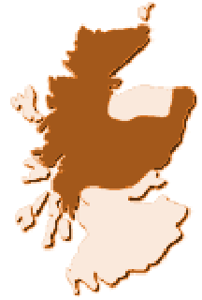
The Highlands
The highlands region is by far the largest the largest of all the whisky regions and will give you great variations. Some of the most well known distilleries are in the highlands. The malts are less peaty however there is a slight smell of smoke, if there is a common theme shared by west highland whiskies it is they tend to have a dry finish after a sweet start. North Highlands are influenced by the soil and the coastal location of the distillery, they tend to be light bodied and spicy with a dry finish. The rest of the highlands can be quite mixed, generally fruity and sweet but with the same dry finish. Some of the distilleries in the Highlands include The Dalmore and Ben Nevis.
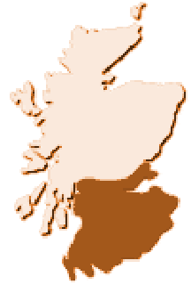
The Lowlands
Most whiskies from the Lowlands end up in blends however a few single malts are still available from this region. Malts from the Lowlands tend to have a dry finish and are light in colour. The dryness of the whisky tends to come from the malts themselves rather than peat as Lowland malts tend to be unpeated. You may also find a sweet fruitiness to the flavour. Generally speaking Whisky from the Lowlands tend t be more mellow than Highland whisky therefore making it perfect for beginners who want to get into scotch whisky. There are only three active distilleries in the Lowlands, Bladnoch, Glenkinchie and Auchentoshan.
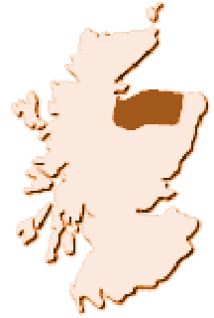
Speyside
Speyside is not an official region however it is more of a sub region of the Highlands. Over half of Scotland's distilleries can be found there and many of the most popular malts can be too. The huge selection of Speyside malts offer a variety of strengths and flavours but one thing they have in common is the sweetiness, however some Speyside malts can be heavy and rich while some can be light and floral. Speyside whisky are essential sweet but may have some peatiness. The list of distilleries can be overwhelming but some of my favourites are: Macallan, Tomatin and Balvenie.
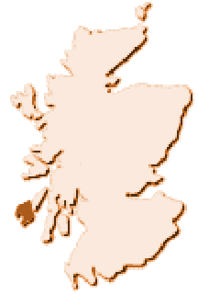
Islay
Islay is located on the inner hebrides of Scotland, the island is lashed with rain and wind, these conditions appear in their whiskies. Islays surface is very flat and consists largely of peat which is an influence in their whiskies. Islay whisky is the strongest of all scotch whisky, they tend to be dry and peaty. The smoky peat flavour comes from the peat fuel they use for malting barley. Islay whisky has an acquired taste but if you like the dry smoky flavours then this is the region for you. Some of the distilleries in Islay include: Laphroaig and Bowmore.

Islands
The islands is also a sub region of the Highlands, however it differs in flavour. The Islands region includes all of the whisky producing Isles of Scotland namely Mull, Skye, Orkney, Arran, Jura and Lewis. Due to the location they Whisky tends to have a coastal them to them they are slightly more peaty than Highland but not as peaty as Islay and are much sweeter. Some distilleries include: Highland Park and Isle of Jura.
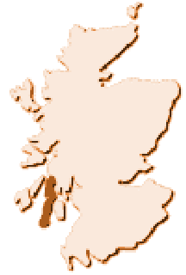
Campbeltown
Lying towards the end of the Mull of Kintyre peninsula on the West Coast of Scotland, today there are only three distilleries which produce whisky but in days gone by there were over thirty active distilleries. The Campbeltown single malts are very distinctive, tending to be full bodied, known for their depth of flavour and also for their slightly salty finish. With peat adding a hint of flavour similar to that found in an Islay malt. The three distilleries left are Glen Scotia, Longrow and Springbank.
As small as scotland may be as a country it really does have the most complex and interesting whisky in the world. You can find the C Gars range here.
Written by Oliver Partington - 07/02/2020